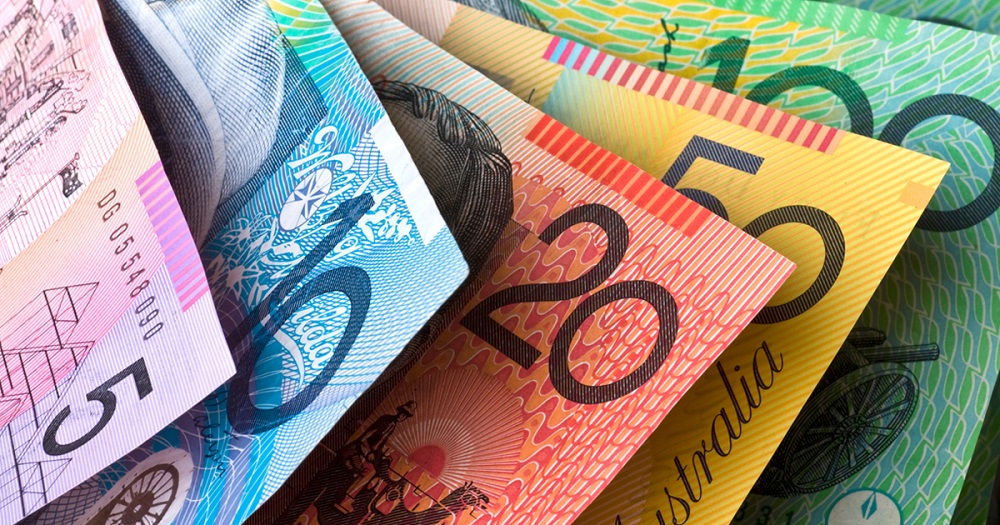Cost breakdown for the Annapurna Circuit trek | Annapurna circuit trekking cost
The cost of the Annapurna Circuit Trek can vary depending on several factors, including the duration of the trek, the type of accommodation you choose, the number of meals included, whether you hire a guide and porter, and your personal expenses. Here's a breakdown of the potential costs involved:
1. Permit Fees:
- Annapurna Conservation Area Project (ACAP) Permit: The permit fee for foreigners is typically around USD 30.
- Trekker's Information Management System (TIMS) Card: The fee for the TIMS card is approximately USD 20.
2. Transportation:
- Airport transfers: If you need transportation from the airport to your hotel in Kathmandu, it may cost around USD 10 to USD 20, depending on the distance and mode of transportation.
- Kathmandu to Besisahar: You will need to travel from Kathmandu to the starting point of the trek, which is Besisahar. The cost of a bus or shared jeep ride is approximately USD 5 to USD 20, depending on the type of vehicle and the season.
- Besisahar to onwards: You can opt to drive further to Jagat or Dharapani, Chame or Manang to begin the trek. The costs can vary from USD 20-50 on a sharing jeep.
- Jomsom/Muktinath to Pokhara/Kathmandu: Now, you can even get transportation from Muktinath village straight to Kathmandu. Wherever your destination onwards, either Tatopani or Pokhara or Kathmandu, you can get a public bus or sharing jeep ranging from USD 10-50.
3. Accommodation:
- Tea Houses/Lodges: Along the Annapurna Circuit, there are numerous tea houses and lodges that provide accommodation for trekkers. The cost per night can range from USD 5 to USD 30, depending on the location and level of comfort. Higher-altitude tea houses may have slightly higher prices.
4. Food and Water:
- Meals: The cost of meals can vary depending on where you eat. In tea houses, a basic meal like dal bhat (lentil soup with rice) can cost around USD 6 to USD 10. The prices may be higher at higher altitudes due to the difficulty of transportation. Other food items may cost between USD 5-15 depending on the choice.
- Drinking Water: While some tea houses provide safe drinking water, it's recommended to carry water purification tablets or a water filter. If you prefer to buy bottled water, the price will increase as you ascend to higher altitudes due to the difficulty of transportation. Expect to pay around USD 1 to USD 3 per liter of bottled water.
- Hot Water for Drinking: Some tea houses charge a small fee for providing hot water to fill your water bottles. The price is usually nominal, around USD 2 to USD 4 per liter.
- Snacks and drinks: Along the trail, you may wish to indulge in additional snacks, energy bars (USD 3-10 per piece), chocolates, or drinks like tea, coffee (USD 1-3 per cup), soft drinks or hard drinks. The prices for these items can be higher than in urban areas due to the remote location and limited availability. The costs will vary depending on the specific item and location.
5. Guide and Porter:
- Hiring a guide: If you decide to hire a licensed trekking guide, it can cost approximately USD 20 to USD 30 per day, including their food, accommodation, and insurance.
- Hiring a porter: If you require the services of a porter to carry your backpack, it may cost around USD 15 to USD 25 per day, including their food, accommodation, and insurance. A porter typically carries up to 20-25 kilograms (44-55 pounds).
6. Miscellaneous Expenses:
- Charging Facilities: Tea houses may charge a fee for access to electrical outlets to charge your electronic devices such as cameras, phones, or batteries. The cost is usually minimal, ranging from USD 2 to USD 10 per hour.
- Hot Showers: Some tea houses provide hot showers for an additional fee. The cost can vary but is typically around USD 3 to USD 5 per shower.
- Wi-Fi and Internet Access: Some tea houses offer Wi-Fi or internet access for a fee. The cost can range from USD 1 to USD 5 per hour, depending on the quality and availability of the connection.
- Extra Services and Facilities in a teahouse: In certain tea houses, you might find additional services such as laundry (USD 2-5 per kg), hot pads for cold nights, or extra blankets (USD 10-20 per item).
- Trekking gear: If you need to purchase or rent any trekking gear or equipment, such as trekking poles, sleeping bags, or down jackets, it can incur additional costs.
- Travel insurance: It is highly recommended to have travel insurance that covers emergency medical expenses and evacuation. The cost will vary depending on the duration of your trip and the coverage provided.
- Tips: It's customary to tip guides and porters as a gesture of appreciation. The amount is discretionary but can range from USD 10 to USD 15 per day for guides and USD 5 to USD 15 per day for porters.




.jpg)



